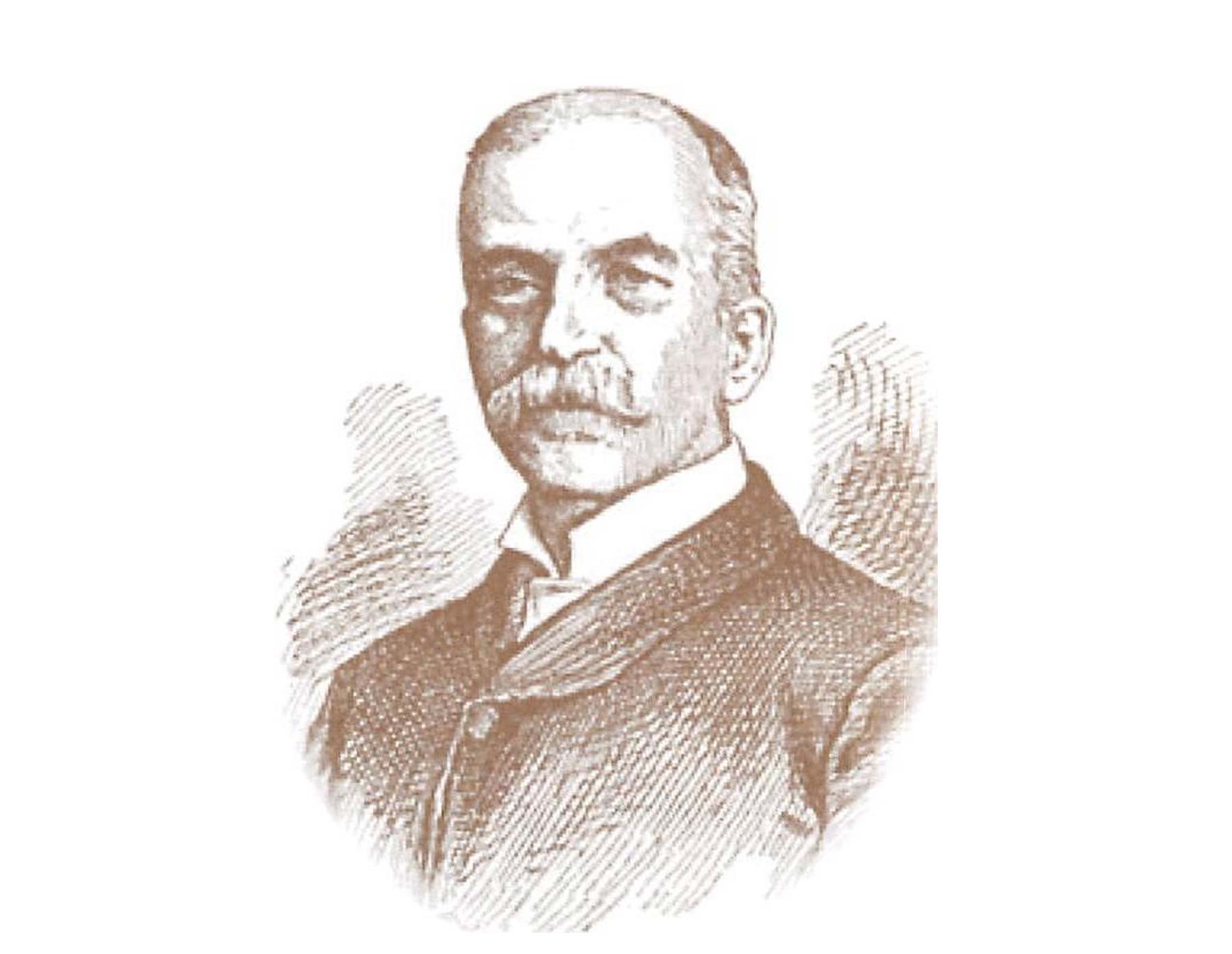A.A. Anderson was born August 11, 1846, in Hackensack, New Jersey to William Anderson and Sarah Louise Ryerson. He spent his early childhood in Peapack, New Jersey and Fairview, Illinois but later the family returned to Newtown, Long Island. He was schooled at the Fairchild Institute in Flushing and later the Grammar School at Columbia College (now the Columbia Grammar and Preparatory School). After a successful turn in the dry goods and manufacturing business with the canning company Libby, and a short period studying medicine, Anderson found modest success in his painting efforts and decided to pursue painting full time. He moved to Paris in the 1880’s and continued his studies with a community of high profile French painters. In 1890 he founded the American Art Association of Paris which lasted until 1932. He spent over 10 years painting in Paris and his works are held by the Smithsonian and the Cleveland Museum of Art and various private collections.
On a tour of the American West while still living in Paris, Anderson established a homestead on the Grey Bull River in Wyoming, south of Cody. He named this 160 acre plot Palette Ranch and built a log and gypsum-mortar ranch house there. Within a few years he became frustrated by wildfires in the area which he believed were deliberately caused by out of state sheep men who grazed their sheep across cleared forest land. He made it his personal campaign to double the size of the Yellowstone Forest Reserve bordering the Yellowstone National Park. This became a reality by executive order of Theodore Roosevelt in May, 1902. Roosevelt then appointed Anderson as Special Superintendent to administer both the Yellowstone and Teton Forest Reserves. He served in this capacity until 1905. He established ranks for his men similar to the military and accepted an appointment as a Game Warden of Wyoming. He named his entire staff Assistant Game Wardens, without pay to give them authority to eject poachers. At the end of his tenure, President Roosevelt reorganized the forest reserve lands surrounding the Park and established the Forest Service within the Department of Agriculture.
Anderson was among the very first to begin managing public rangelands and timberlands. He also established game refuges throughout the reserves to assist the state with the management of big game herds. He left behind a legacy toward the necessity of adequate laws protecting the public land natural resources and the ability to effectively enforce those laws.
In 1876 Anderson married Elizabeth Milbank. The Andersons had one daughter, Dr. Eleanor Anderson Campbell. In 1905, he moved his main residence to his studio in New York, but continued to spend time at his ranch. He also continued to paint until his death on April 27th, 1940 in New York.
On a tour of the American West while still living in Paris, Anderson established a homestead on the Grey Bull River in Wyoming, south of Cody. He named this 160 acre plot Palette Ranch and built a log and gypsum-mortar ranch house there. Within a few years he became frustrated by wildfires in the area which he believed were deliberately caused by out of state sheep men who grazed their sheep across cleared forest land. He made it his personal campaign to double the size of the Yellowstone Forest Reserve bordering the Yellowstone National Park. This became a reality by executive order of Theodore Roosevelt in May, 1902. Roosevelt then appointed Anderson as Special Superintendent to administer both the Yellowstone and Teton Forest Reserves. He served in this capacity until 1905. He established ranks for his men similar to the military and accepted an appointment as a Game Warden of Wyoming. He named his entire staff Assistant Game Wardens, without pay to give them authority to eject poachers. At the end of his tenure, President Roosevelt reorganized the forest reserve lands surrounding the Park and established the Forest Service within the Department of Agriculture.
Anderson was among the very first to begin managing public rangelands and timberlands. He also established game refuges throughout the reserves to assist the state with the management of big game herds. He left behind a legacy toward the necessity of adequate laws protecting the public land natural resources and the ability to effectively enforce those laws.
In 1876 Anderson married Elizabeth Milbank. The Andersons had one daughter, Dr. Eleanor Anderson Campbell. In 1905, he moved his main residence to his studio in New York, but continued to spend time at his ranch. He also continued to paint until his death on April 27th, 1940 in New York.
Year
2014
Inductee Teaser Photo
AAnderson_Teaser
Inductee Main Photo

Parent Node
4095
HOF Id
9
Node order
1
